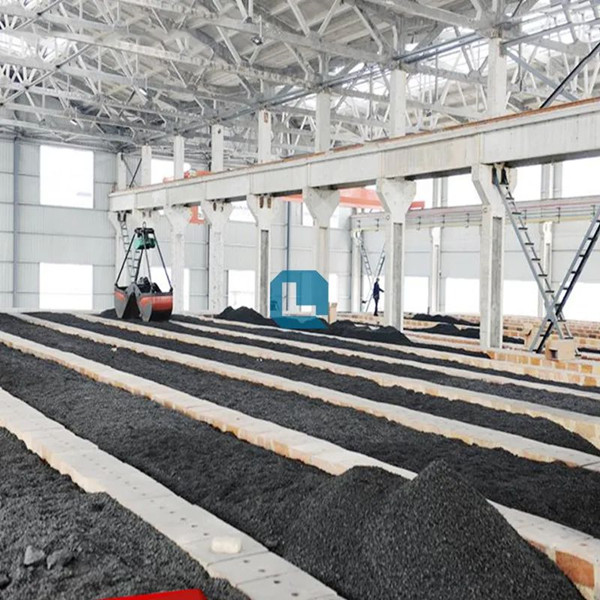Email: info@karssenmetal.com Tel: +86 18147353336

Humans' exploration and utilization of carbon material has never stopped. With the improvement of human living standards, the demand for energy has increased sharply, and countries are paying more and more attention to energy, especially new energy and sustainable energy. The demand for special graphite materials in the solar energy industry is quite strong; the research, development and production of graphite materials for nuclear use are increasingly urgent; the rise of electric vehicles has also greatly driven the development of carbon materials and high-performance additives for power batteries such as lithium-ion batteries; Traditional carbon materials such as high-performance electrodes, brushes, conductive sliders for high-speed railways, and carbon blocks continue to be developed and produced along with the development of high-performance products.
Large-sized and super-sized graphite products including anisotropic and isotropic graphite are in great demand. Isotropic graphite and high-purity graphite are indispensable supporting products in solar power generation, nuclear power, and electromechanical equipment. Graphene, nuclear reactors, nuclear industry, aerospace, chemical industry, etc. are all inseparable from high-purity graphite.
The graphitization of carbon requires the high temperature treatment of carbon to impart energy, thereby transforming ordinary disordered carbon into ordered graphite with van der Waals force interlayer structure.
The main factors that determine the degree of graphitization are the purity of the carbon and the heating temperature of the graphitization process. Graphitization is the main process for the further development and cutting-edge utilization of carbon materials. The melting point of graphite is 3850±50°C, the boiling point is 4250°C, and the carbon starts to transform to graphite at 1700°C. For graphite electrodes used in smelting and steelmaking, the general graphitization temperature is 2500°C. The high-purity graphite used at the tip, such as the anode material of lithium batteries, has a graphitization temperature of about 3000 °C. This heating process is the graphitization process in the carbon industry.
The carbon production process includes calcination, medium crushing, screening, kneading, molding, baking, impregnation, graphitization, machining and other processes. The graphitization process is the key process of carbon-graphite processing. The carbon material is heated to reach the graphitization temperature, usually between 2500°C and 3000°C. The heating process of heating the carbon to the graphite is generated by electric energy, and there are two processes, the external heating type large direct current method and the internal heating type internal string method.
Whether it is large-scale isotropic graphite, small-scale brushes, conductive sliders, or even a series of carbon-graphite products such as lithium-ion battery anode materials, graphitization is a key technical link in its industrial production process. .
The graphitization process can be divided into external heat method and internal heat method according to the heating method, and can be divided into batch type and continuous type according to the operation mode. Since E.G. Acheson invented the graphitization furnace (called Acheson furnace) in 1895, the production of artificial graphite has a history of more than 100 years. With the development of industry, the structure of graphitization furnace has also been greatly developed. Acheson furnaces have DC and AC furnaces. In addition to the Acheson furnace, there are also internal string graphitization furnaces, continuous graphitization furnaces, etc.
The ash content of carbon products can be reduced by about 70% after the graphitization process, and the specific resistance is also much lower than that after baking, which is more conducive to electrical conductivity, and the true specific gravity has increased by about 5%. In short, after the graphitization process, the oxidation resistance, thermal conductivity and chemical stability of carbon products have been improved.
Isostatic graphite blocks are an important graph
Graphite rotor belongs to graphite material, whi
Graphite sheets have many important roles in the
Contact: Bateer
Phone: +86 18147353336
Tel: +86 18147353336
Email: info@karssenmetal.com
Add: Room D204-2203, Innovation Building, Baotou Light Industry Vocational Technical College, 19 Jianhua Road, Qingshan District, Baotou City, Inner Mongolia, China.